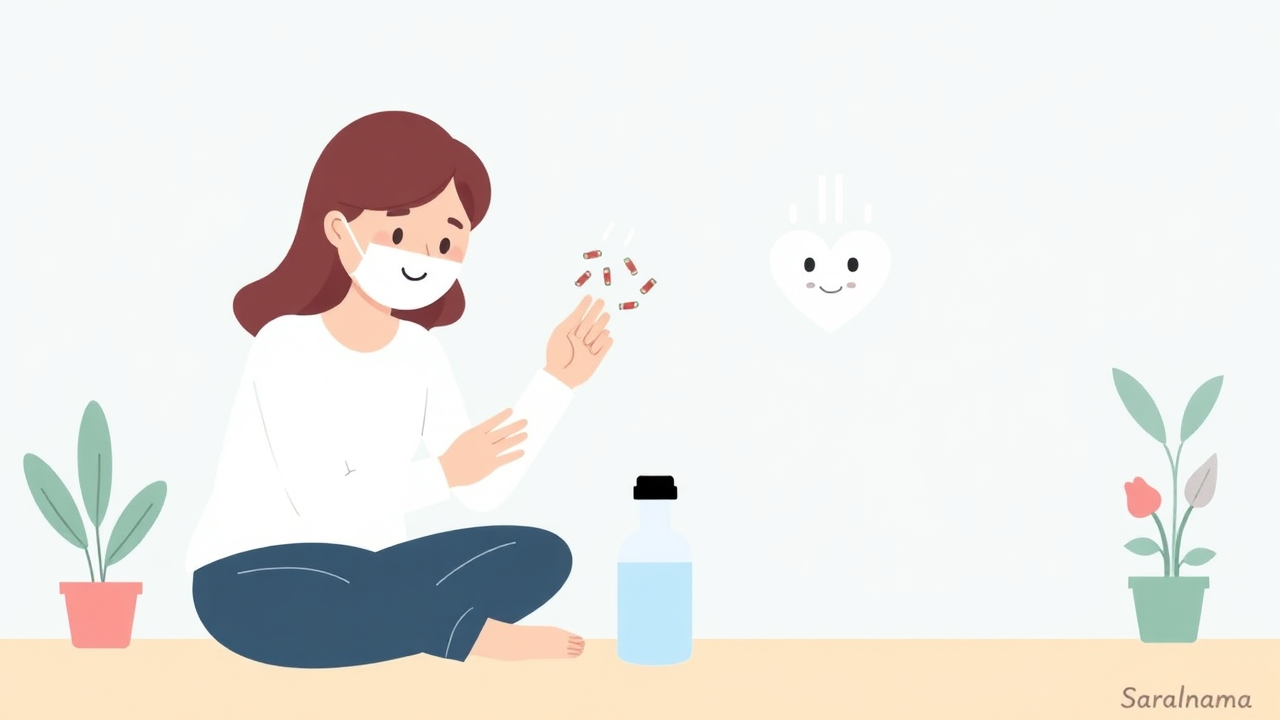Many people notice increased sneezing during the rainy season. Monsoons create damp and humid conditions that encourage the growth of mold, dust mites, and pollen, all of which irritate the nose. Dr Vikas Mittal, Pulmonologist and Director at Wellness Home Clinic and Sleep Centre, Paschim Vihar, explains that common allergens thrive in wet environments. Damp clothes, dusty mattresses, and strong indoor smells like room fresheners also contribute to the problem. Windows are often closed during rains, trapping allergens inside and worsening indoor air quality. Elevated humidity further supports fungal growth and dust mite activity, triggering sneezing and congestion. Poor ventilation, changing temperatures, and increased viral activity create ideal conditions for respiratory infections such as the common cold. Both allergies and infections can cause sneezing during monsoons, making it important to understand the symptoms and take preventive steps.

Identifying allergies versus infections and when to seek help
Determining whether sneezing is due to an allergy or a viral cold can be difficult, as symptoms may overlap or occur together. Persistent sneezing accompanied by itchy eyes, a runny nose, and worsening symptoms in damp environments usually indicates an allergy-related condition. If symptoms include fever, sore throat, fatigue, or body aches, an infection is more likely. Over-the-counter antihistamines and saline sprays can provide quick relief, but should not be overused. If sneezing lasts more than 10 to 14 days or is accompanied by breathing difficulty, sinus pain, or fever, consulting a doctor is essential. These signs suggest something beyond simple irritation and require medical attention.
Source: Link
